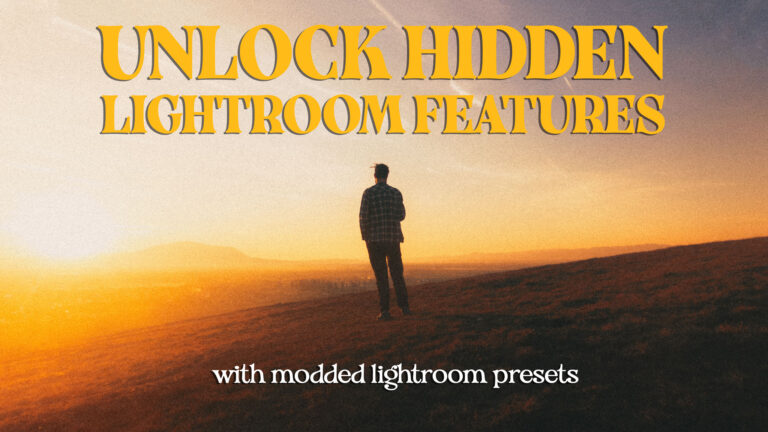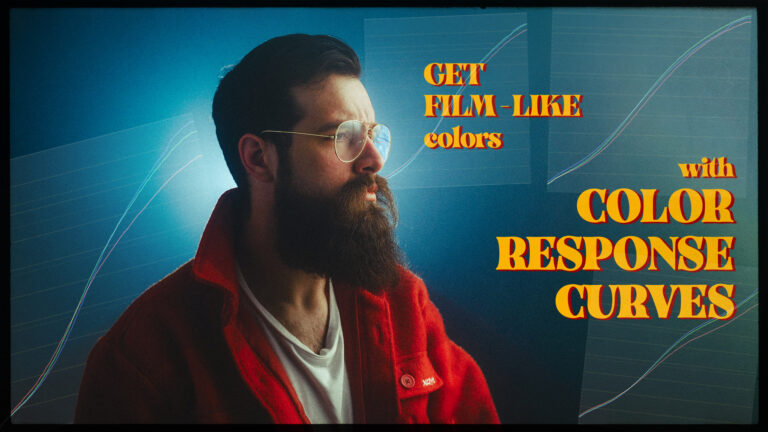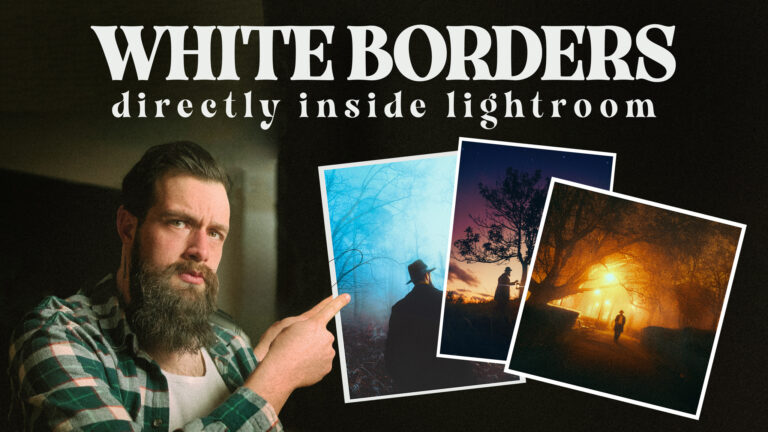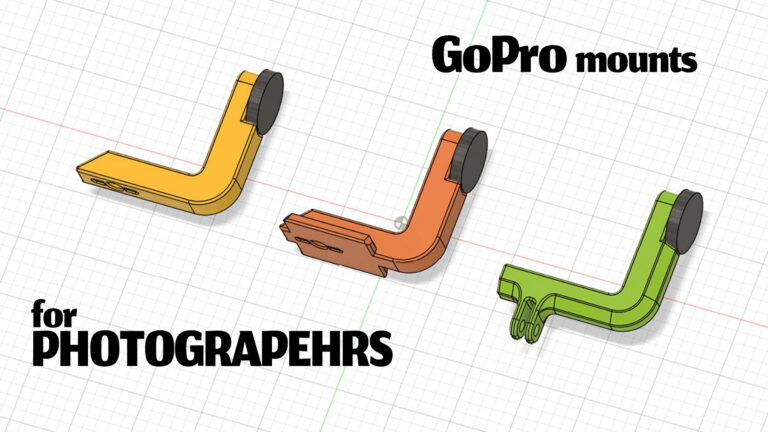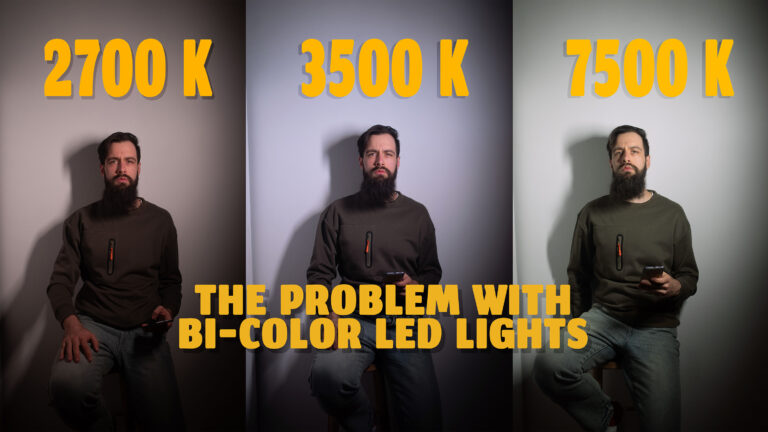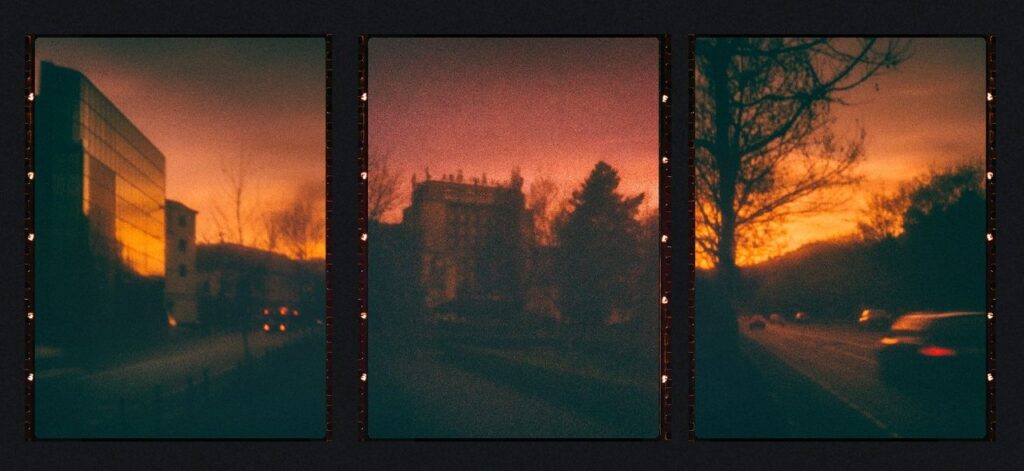
Concept
You know the drill. Nothing special here. You take an electric drill, put a hole into a lens cap, tape a piece of metal from a soda can to the lens cap and after you poke a tiny hole into that metal you have yourself a pinhole lens. The smaller the hole the sharper your lens will be but less light will come through. Throw some macro tubes into the mix and you get some different focal lenses as well.
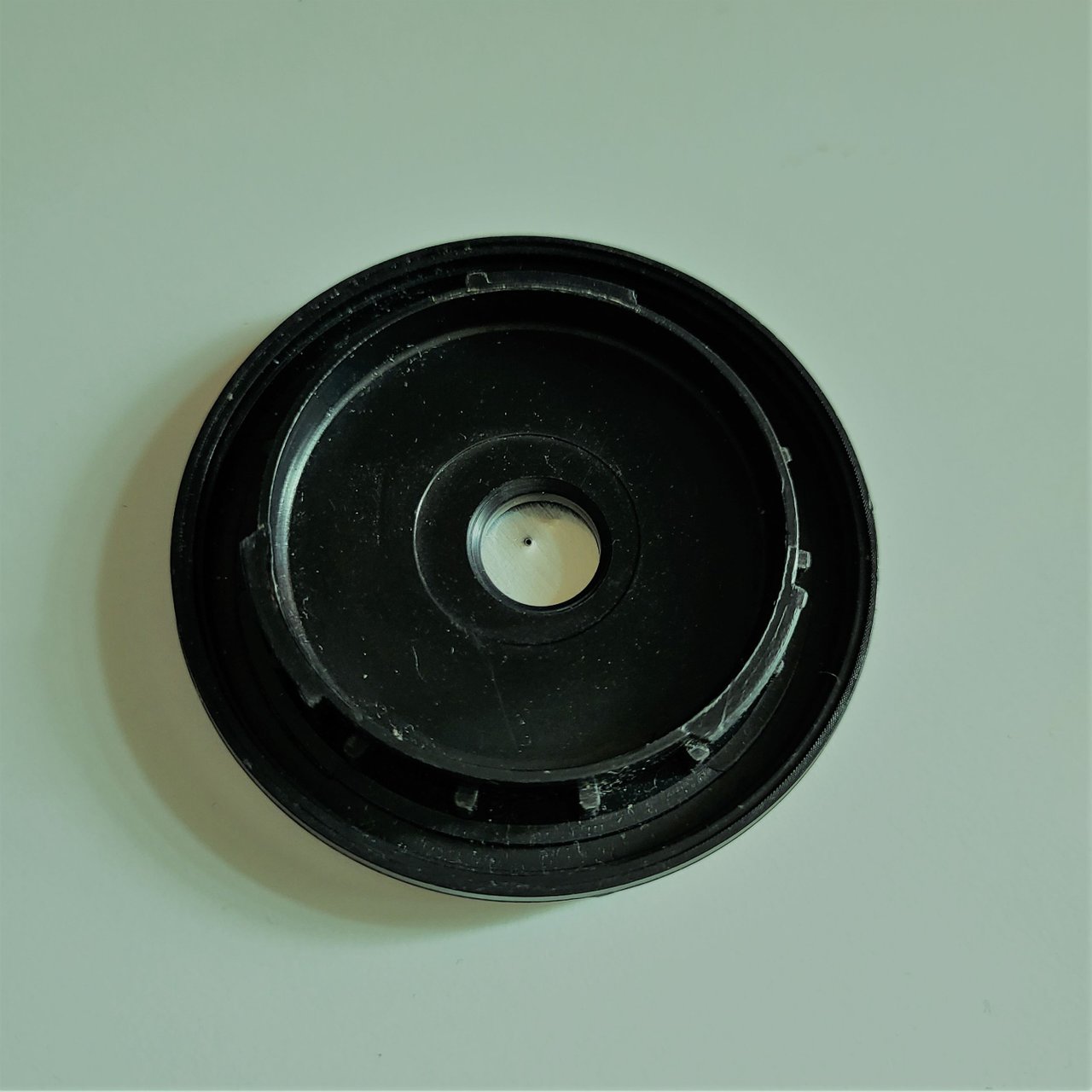
You can go ahead and shoot lo-fi photos, and add some VSCO presets that most probably will look like old trash and will gain more traction on social media than a lot of photos with high megapixel count and lots of details. Or if you feel adventurous throw that cap on a film camera and get those nice colors directly on film.
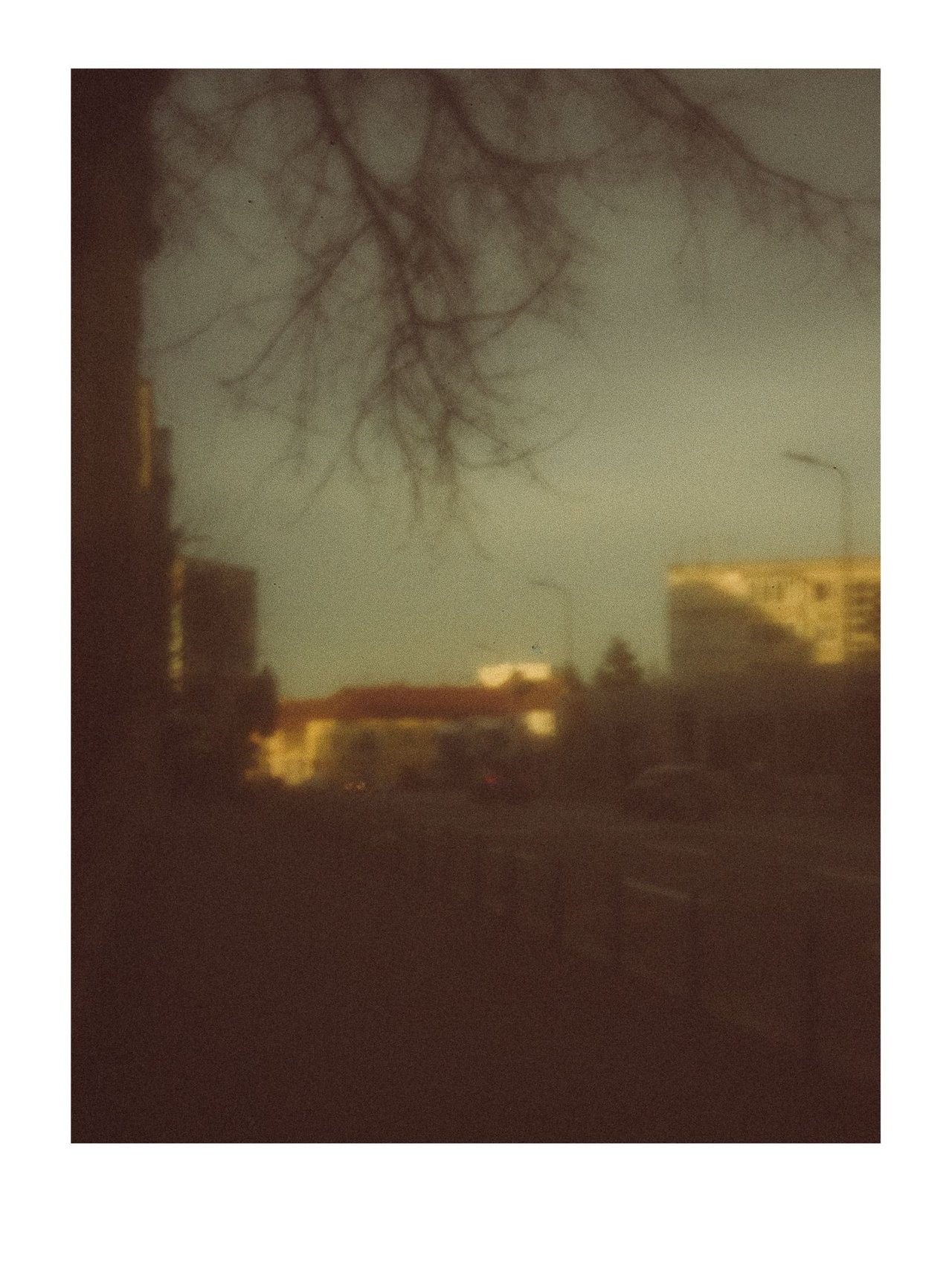

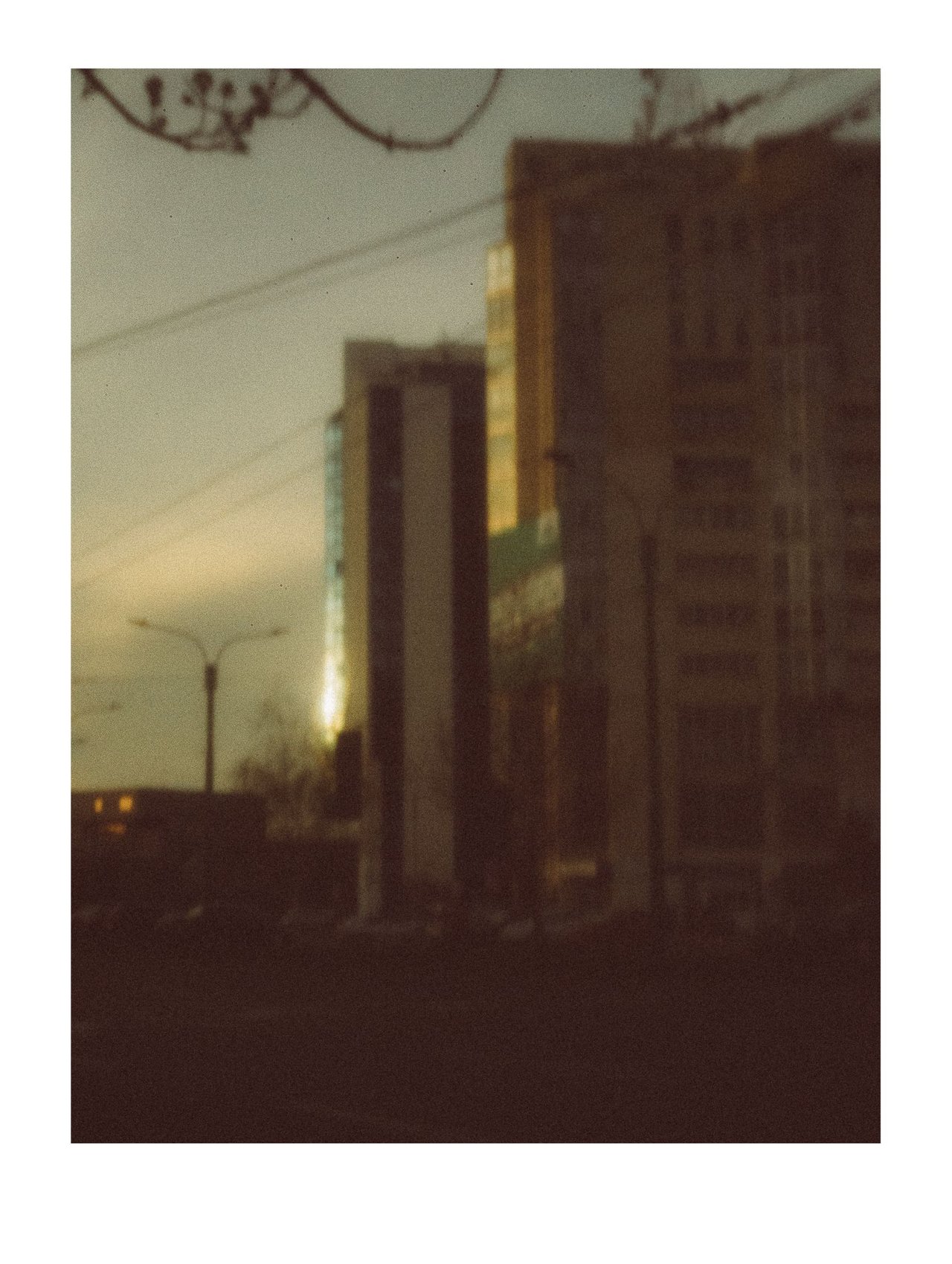

So what does this teach us as photographers?
Regardless of how small you make the hole, your photos will look kind of out of focus and your exposure will be rather long so if you don’t plan to use a tripod there is a high chance of motion blur. Losing the textures in your photos will be unavoidable. It will force you to compensate in the way you use light, color, and the way they merge to create shapes because that is all you have left now that there are no details.
My approach to any of my experiments is that of a reviewer. I went out for about 2 hours every day only with my pinhole lens and tried to create images to the best of my abilities for an entire week. On the first day, it made no sense. It felt like shooting with a broken lens but I kept pushing. Because I am too lazy to carry a tripod around I found myself leaning against light poles, walls, and trees a lot to be able to shoot at 1/20s so I won’t push my ISO over 5000 which already felt like a crime in itself. All my shots were noisy af but I found out after I got home that day that when you don’t have any textures, to begin with, you are not missing out on much. If there isn’t any texture to be ruined by the noise you can push your ISO.
The first thing I noticed after bumping my ISO was that I gained speed. Having fixed focus also means there is no downtime so I can just point my camera to anything that catches my eye and shoot. No focus time, no need to check focus afterward. Just look for nice light, shapes, and colors. And speaking of light, It looked beautiful! It was a lot smoother and it is blending naturally as it does in the very old soviet lenses but without the color fringe. The contrast was very low with this lens and since I already have the tenacity to shoot underexposed after my cinematic journey
everything in my shots was getting more and more minimalist.
It helps me reduce the complexity of a shot to more basic shapes. It literary blurred the lines of a lot of the distracting elements and made me wonder if I shouldn’t be even crazier about clone stamping stuff out of my final images in general and for a “Less is more” approach by removing more and more details by hand in post.
As for colors and post-processing. I found myself crushing blacks very often, and going for a more analog color palette compared to my usual saturated look that is based on complementary colors. I did feel the need to bump the green channel a lot and since there are fewer colors and more gradients it feels a lot smoother and permissive to lean into heavy, film-like, color grades. And by the fourth day, I was intentionally looking not just for good light but also for color contrast in my scenes. While keeping my WB fixed to have more consistency between shots because I think they do look better in sets.
Final thoughts on the pinhole lens: Shooting with a pinhole lens is definitively weird but it is very fun. I will keep this little guy in my photo bag. It may not ever come in handy on a commercial job, but as a way to create unique IG stories, immortalize beautiful sunsets, or just have something to play with it is absolutely great. It is a fun and cheap way to push your brain to think just a little bit differently for a while and learn new things.
